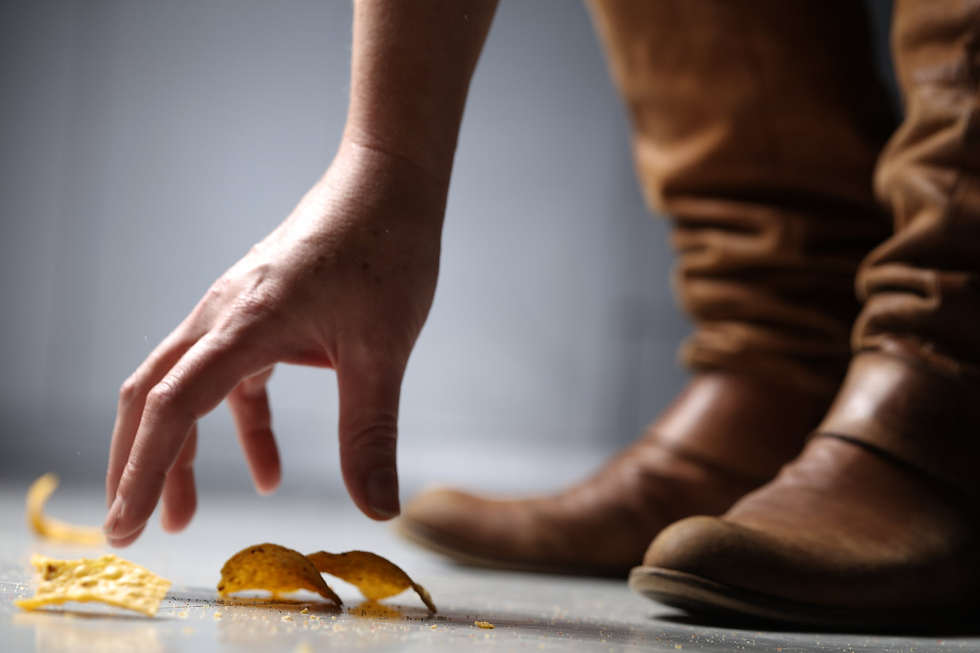The 5-Second Rule: Myth or Meal Saver?
- Amanda Landeros
- Oct 20, 2024
- 1 min read
We’ve all been there—accidentally dropping a piece of food on the floor and wondering if it's still safe to eat. For years, people have lived by the “5-second rule,” claiming that as long as you pick it up quickly, it's fine to eat. But is this rule grounded in science, or is it just an excuse to avoid wasting food? In this blog, we’ll dive into the truth behind the 5-second rule, explore how bacteria actually spread, and find out whether that dropped snack is worth saving.
The Origin of the 5-Second Rule
The 5-second rule has been passed down through generations as a quick fix for dropped food. But where did it come from, and why do we trust it? Some trace its origins to the belief that germs aren’t fast enough to contaminate food within a few seconds, but is that really the case?
What Science Says
Studies have shown that bacteria can transfer to food almost instantly after contact with a contaminated surface. Factors like the type of food, the surface it lands on, and the presence of moisture all play a role in how quickly germs spread. The 5-second window doesn’t necessarily offer protection.
When to Toss It and When to Keep It
While the 5-second rule may not hold up scientifically, the decision to eat or toss dropped food depends on a variety of factors. We'll cover the risks involved and the safest practices to follow when it comes to food that hits the floor.
Source
Assessed and Endorsed by the Medreport Medical Review Board


